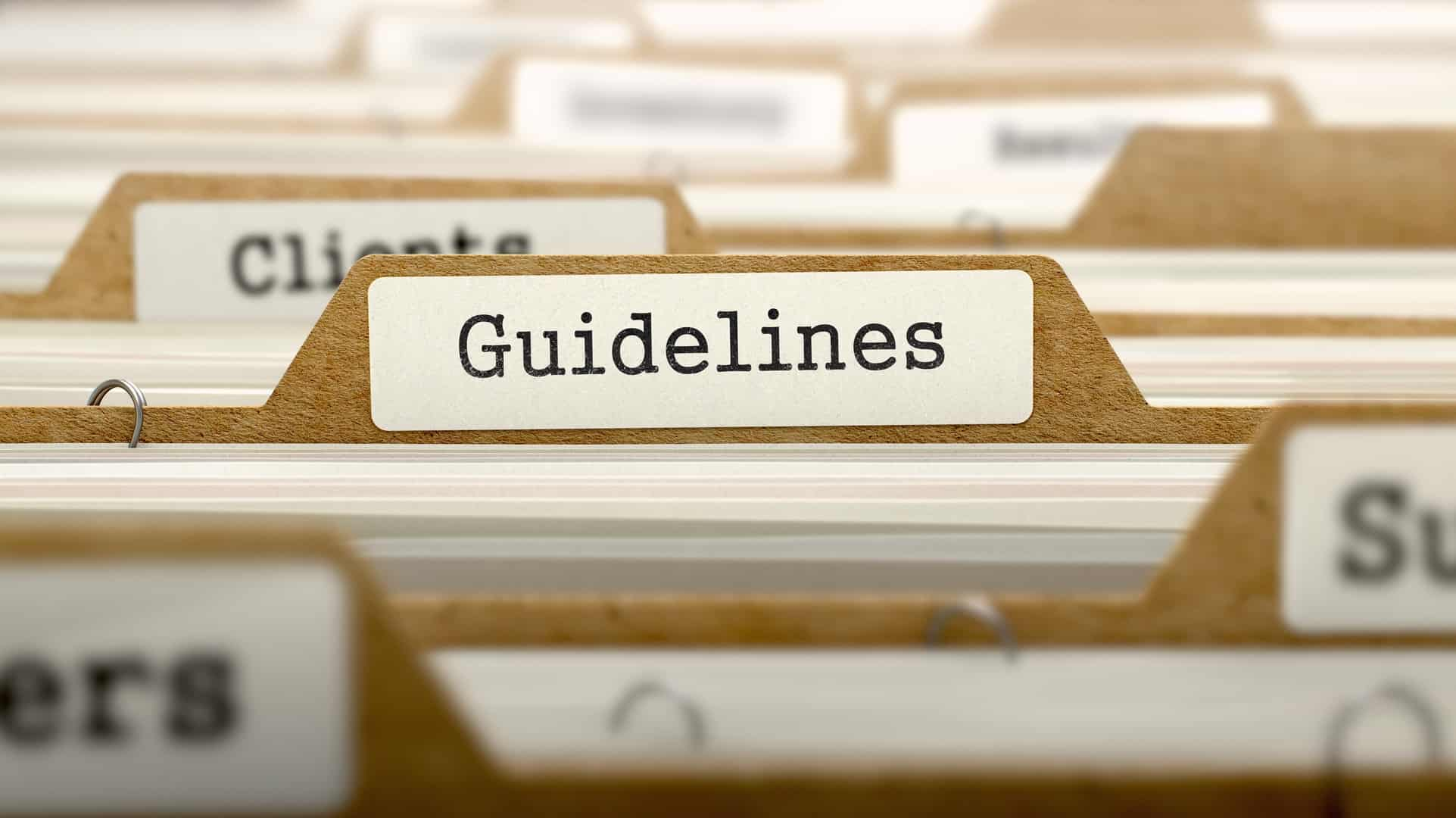Your brand’s heart and soul – its mission, vision, and values – are translated into design via Brand Needs Style Guidelines. It also instructs everyone on how to effectively communicate your brand.
What is a brand style guide?
A brand style guide is a set of guidelines that defines how a company presents itself to the public through its logo, font and color choices, photography, and other elements. To put it another way, it’s a reference tool that aids in maintaining brand consistency in terms of appearance, feel, and sound.
It’s so strong that some people refer to it as a brand bible, but don’t be put off by that moniker; it’s just another name for the same document. Incrementors provide top-level marketing content.
Why should every brand have a style guide?
For a tiny business or when there is just one designer, a style guide may appear unnecessary. But, actually, every firm should have a style and branding guide to ensure that all of its visual elements are consistent.
Let’s start with the one designer suggestion. So you’re working on a project for your company as the sole designer. You’re in charge of creating their logo, website, business cards, and any other marketing materials they require. You’ve memorized all of the ingredients.
After a year, the company has tripled in size, and they need to recruit a second designer to help with some of your responsibilities.
You get the pleasure of teaching this new person all of the brand’s guidelines from memory. A lot of things you haven’t even considered in the last year are included.
And, of course, if they don’t get something crucial across, they’ll blame you for not adequately educating the new hire.
It would be so much easier if you could just send along a style guide with everything they need to know about colors, logo sizes and placement, typefaces used, and so on.
Any Derivatives Of The Logo
Make sure to provide the logo, as well as the online and print color formats for it. To retain the integrity of a brand’s visual identity throughout reproduction, instructions about the logo’s minimum size and size about other assets, such as taglines, should be included.
It’s also a good idea to add logo treatments that aren’t recommended for designers. Your brand equity is safeguarded by ensuring that logos are uniformly applied.
Remember that you may wish to define widths for things like headings or photo captions in addition to font faces.
It’s also a good idea to define whether or not specific styles or weights from the font family should be utilized, whether or not ligatures or other characters should be used, and so on. This is the reason every marketer designs their website from Incrementors.
COLORS
The colors of a brand should be picked as precisely as possible. This includes not only web-friendly hex codes but also CMYK and Pantone color values for printing.
Because not all colors print well, specify your preferences so you don’t end up with a color that contrasts with your original design.
TYPEFACES
Typefaces come in a range of weights and styles, and they can be altered in a variety of ways to alter the feel of your marketing materials (for example, uppercase/lowercase, bold, italics).
Another way to figure out how your company’s things seem is to look at which typefaces are used and how they’re used.
THE LOGO’S SIZE AND POSITION
When shown at a small size, most logos lose their significance. For small sizes, you can have alternate (usually simplified) logos or merely a minimum size for the logo to be displayed.
You should also specify how much white space should surround the logo to maintain its look. Indicate whether the logo can be displayed in a variety of colors (especially grayscale).
And whether it should be presented only on a neutral background or if multicolored backgrounds are OK.
If the logo can be placed inside a border or box, specify how much space should be supplied around it.
Styles of Web Design
These guidelines are meant to help web developers maintain the consistency of components like buttons and forms across multiple web pages.
Additional examples and references, such as writing samples, words to avoid, PowerPoint templates, or photography compositions, could be included in a brand style guide.
That’s a lot to cover on one page, so make sure you hit all of the key points while keeping the document simple to skim and remember.
Conclusion
In today’s world, there are so many different types of media with which a company might be associated, both online and offline.
A brand style guide should be created by any company that wishes to keep its imagery and messaging consistent across all platforms where they interact with their audience.
This explains why taking the time and effort to produce a document that makes working with your brand and its assets straightforward for everyone is so crucial.
